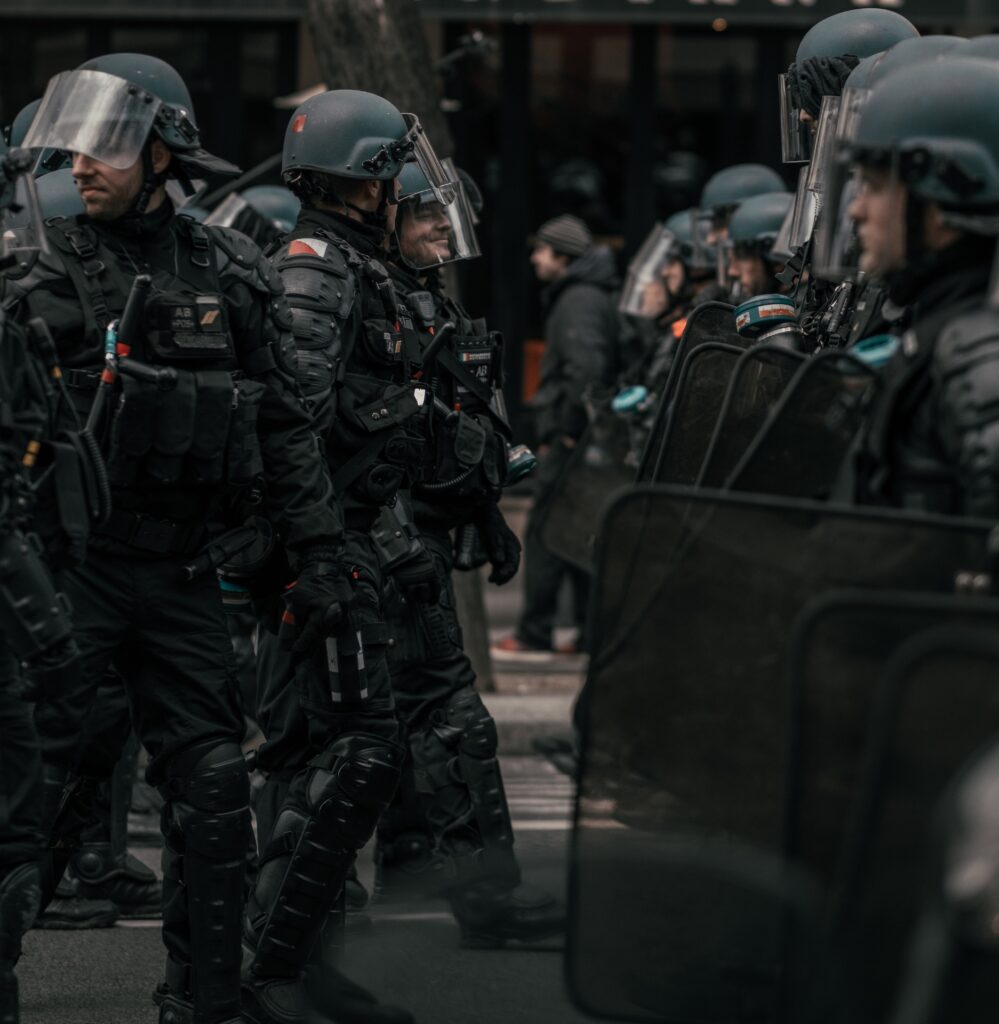
The History of Riot Control
It has always been difficult for authorities to keep protesters under control and put an end to rioting without police riot gears. Until the early 20th century, few countries had a dedicated force, and when the regular police force failed to do its job, the usual answer was to send in the army, which often backfired in disastrous ways, such as fraternization or excessive violence. The introduction of police riot gears and other control mechanisms have largely contributed to the development of riot control. We’ve discussed a short historical account of the growth of police riot gears and riot control
The Keystone Cops short “A Hash House Fraud” from 1915 is often cited as the earliest appearance of the riot control. Poor military response encouraged a number of uprisings in France, for instance. Many times, throughout the 19th century, the National Gendarmerie formed specialized “mobile” gendarmerie forces in response to crises; however, these units were disbanded as soon as the crises they were sent to deal with subsided, and there was no permanent organization in place until the decision was made in 1921 to form “Mobile Gendarmerie platoons” within the Departmental Gendarmerie.
Forty gendarmes would make up a platoon, whether it be mounted on horses or on foot (60 in the Paris Region). The platoons came together in 1926 to form the “Garde Républicaine Mobile” (mobile republican guard or GRM), which became its own division of the Gendarmerie the following year. In 1940, the GRM had grown to a force of 21,000. This included 14 Légions, 54 business groups, and 167 enterprises. The GRM has been France’s only large, specialized force in maintaining or restoring law and order during demonstrations and riots for quite some time, and as such, it has gradually developed the doctrine and skills required for that role: restraint, avoiding confrontation for as long as possible, leaving a “exit door” for the crowd at all times, etc. As a result of the French defeat in 1940, the German authorities disbanded the GRM; nevertheless, it was reestablished in 1944 and renamed the Mobile Gendarmerie in 1954.
In response to a dramatic increase in armed crime in the 1920s, British Assistant Commissioner William E. Fairbairn and officer Eric Anthony Sykes of the Shanghai Municipal Police developed innovative policing techniques such as combat pistol shooting, hand-to-hand combat skills, and knife fight training. Shanghai had become one of the world’s most dangerous cities because of a breakdown in law and order in the country and the growth of organized crime and the opium trade.
For more articles, please click here.